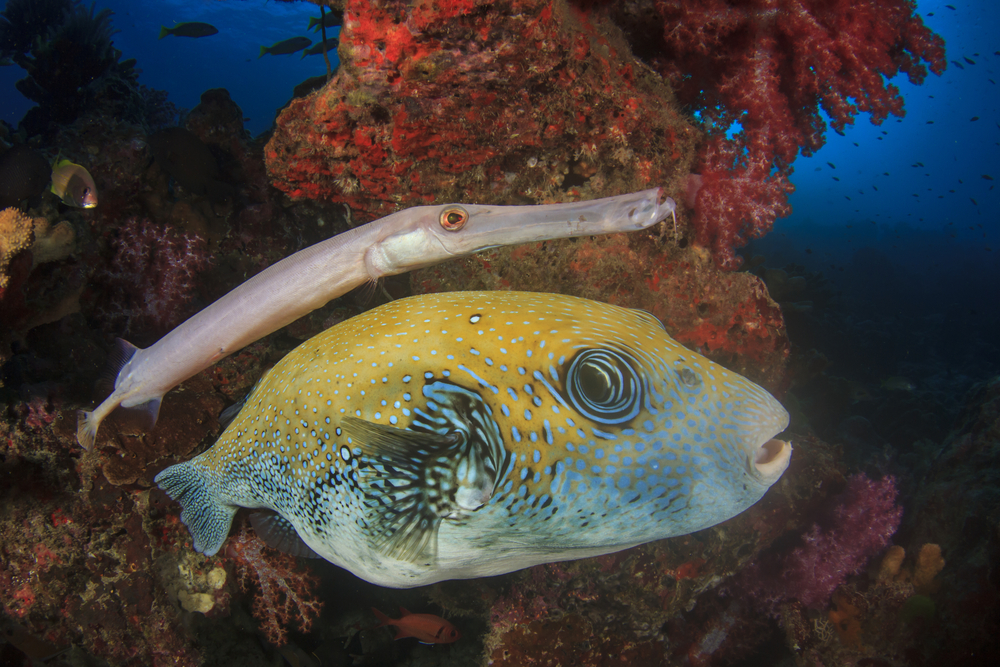JWST’s latest image of Saturn, with the moons Dione, Tethys and Enceladus visible on the left
Space Telescope Science Institute Office of Public Outreach Provider: NASA, ESA, CSA, JWST Saturn Team, Joseph Depasquale (STScI)
Saturn has been captured by the James Webb Space Telescope (JWST) as a ghostly sphere, with its rings shining brighter than ever before. Three of its moons, Dione, Tethys and Enceladus, are also visible.
“It’s not a familiar view of Saturn by any stretch of the imagination,” says Leigh Fletcher at the University of Leicester, UK. “In the atmosphere, you don’t see the stripes that are characteristic of Saturn at deeper levels, and that’s because this particular wavelength that we chose is a wavelength where the methane gas in Saturn’s atmosphere absorbs almost all the sunlight that’s falling upon it, so it looks really, really dark.”
The image is based on near-infrared observations of the planet, and JWST’s infrared detectors will, Fletcher hopes, reveal small and faint structures in Saturn’s atmosphere, rings and moons missed by previous missions, such as the Cassini spacecraft. Cassini last photographed Saturn in 2017, and the planet has since begun to tilt its rings toward Earth in an edge-on formation as part of its 30-year orbit, with both of its poles receiving equal amounts of sunlight.
“It’s like the autumn equinox that we would have here on Earth, so it’s high time to go and take another look at the Saturn system,” says Fletcher.
Saturn’s unusual look is also partly caused by infrared-sensitive aerosols high up in its stratosphere, which give the planet a blotchy appearance rather than its typical banded structure, says Fletcher. The bright white rings are a result of the extremely reflective grains of ice reflecting sunlight.
The image is a still exposure of Saturn, which Fletcher and his colleagues will use as a comparison point to help them identify what is what in later images of the planet. It will also help them study a long exposure of Saturn and its surroundings, akin to a very short movie, so that smaller moving objects and structures can be identified, such as its more minor moons.
Topics:














